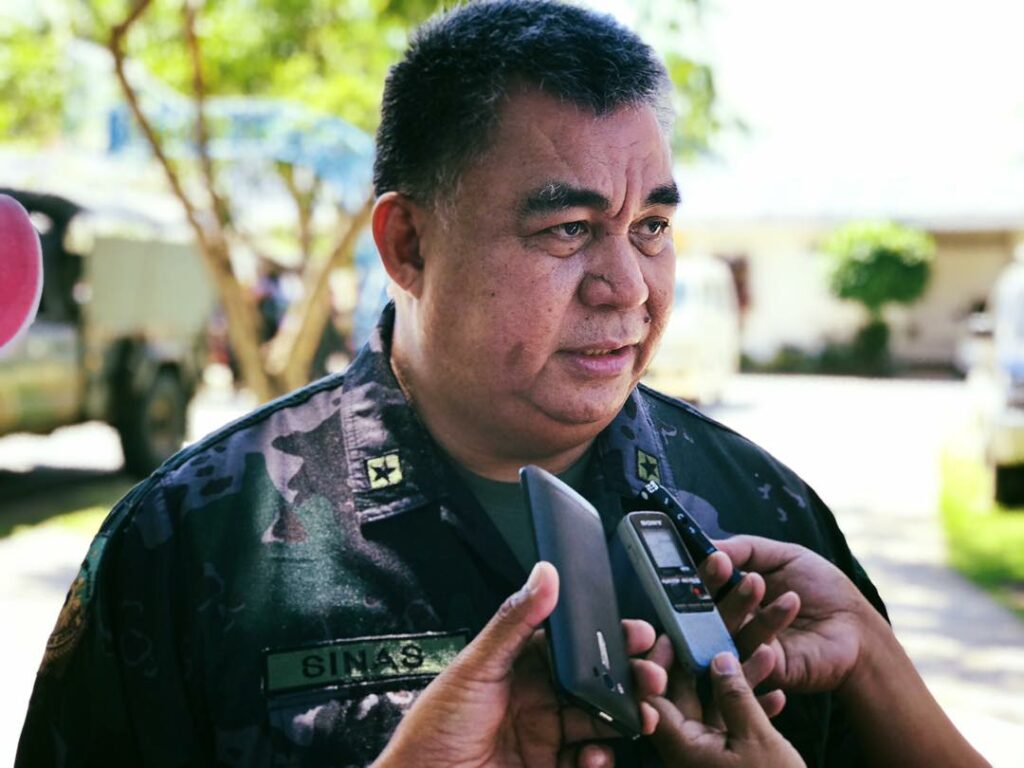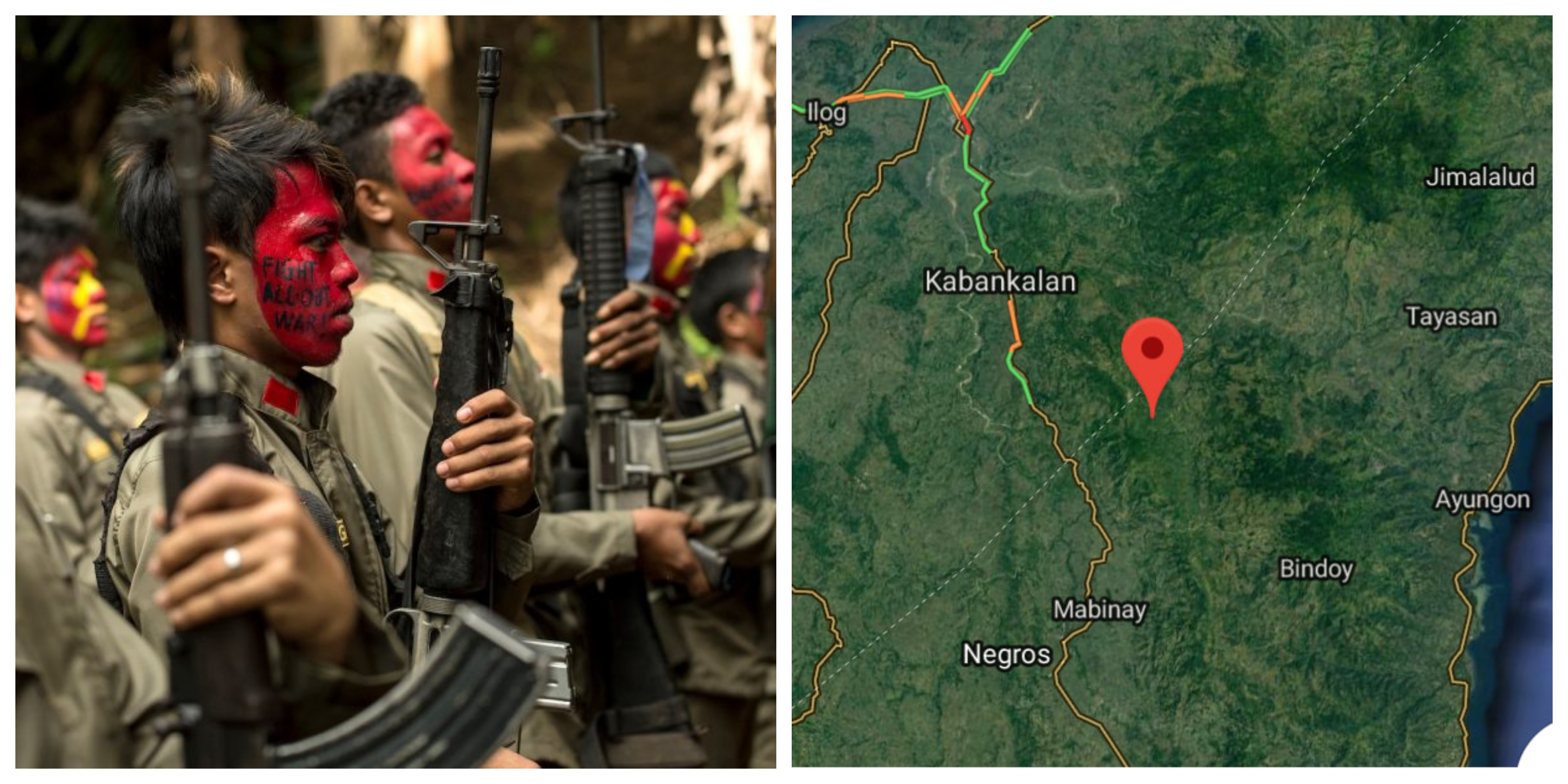The once peaceful province of Negros Oriental has become the de facto killing fields of the Philippines in the past few years, with the implementation of the Armed Forces of the Philippines’ (AFP) and Philippine National Police’s (PNP) counter-insurgency measure Oplan Sauron and the directive by President Rodrigo Duterte to intensify security measures in his Memo Order no. 32.
That reputation was only bolstered by recent news of four police officers killed by suspected New People’s Army (NPA) rebels in the town of Ayungon, in the hinterlands of this province. Initial reports indicate that the slain officers were intelligence agents for the PNP, and were ambushed on their way to meeting an asset in the area.
However, sources of the PNP and government media later reported that the four policemen were not ambushed but actually taken hostage, tortured and summarily executed by the NPA. Changing the details of the incident turned the slain policemen from unfortunate casualties of a legitimate clash with the revolutionary fighters, to hapless victims of what Police Brig. Gen. Debold Sinas described as a “cold-blooded murder”.
If this new narrative of a summary execution and torture of prisoners-of-war is true, the NPA not only violated Geneva Convention rules on the treatment of POWs but also their own rules of conduct as stated in the “Eight Points of Attention” which states – “do not ill-treat captives”. The revolutionary fighters are known for strictly abiding by these rules of warfare, with the latest example just early this year after 15 soldiers and government militiamen captured were later released unharmed.
Which is why the allegations by Police general Sinas is highly uncharacteristic of the NPA, and there is much reason to doubt after the earliest reports released by the PNP already declared that an ambush took place which resulted in a legitimate clash between the rebels and the policemen.
Police Major Leo Logronio said in a report that the slain government agents were “killed instantly” during the attack, which contradicts the report that the casualties were first taken hostage and later taken to another location to be tortured and then summarily executed.
Another report by the Negros Chronicle, the main local newspaper of Negros Oriental, claimed that the police agents were fired upon while approaching a residential house. That would be consistent with an ambush scenario, rather than one where the officers were taken hostage.

But the PNP insisted on their narrative, that their fallen comrades were killed not in a shoot-out but rather brutally executed by the NPA. The official report by the regional commander Brig. Gen. Sinas is that the four policemen were taken captive, hogtied, and tortured inside the home of a civilian.
Sinas also alleged that there was no exchange of fire between the two sides, with the gunshots only coming from the NPA fighters. This new narrative is now being pushed to win a PR battle for the government, with the AFP’s Major General Antonio Parlade Jr, using it to target human rights group for not condemning the attack by the NPA.
The NPA, for their part, admitted to the slaying of the four police agents but made no mention of an alleged torture and summary execution. A spokesperson for the Mt. Cansermon Command of the rebel group said that the police officers were slain for being spies for the government and for allegedly harassing farmers in the area.
From their respective statements, we can see that a PR battle is shaping up between the NPA, the PNP and the AFP. The government forces are portraying the incident as a testament of the rebel group’s brutality and utter disregard for human rights, while the revolutionary fighters depict the killings as an act of war and a defense of poor peasants in the area.
What is clear however, is that the NPA have a long history of humanely treating their POWs and releasing them unharmed, whether they are police officers, or soldiers, or even combatants from the government’s many paramilitary units. In 2015, the rebel group even released a POW to then-Davao City mayor Rodrigo Duterte himself – who is now President – which means even the current commander-in-chief of the armed forces knows first-hand the restraint the NPA have.
For the revolutionary group to act like complete terrorists now, breaking international humanitarian conventions, is illogical. What is more believable is that the PNP in Negros Oriental suffered an embarrassing misstep, which is something they cannot afford to do as they incurred a heavy defeat two years ago after the NPA engaged them in a firefight and the government forces lost six men.
To deflect the blame from an obvious lack of counter-intelligence measures, and for Brig. Gen. Sinas to save face, the narrative of torture and summary execution has been pushed instead. Whether or not that is true has not been corroborated by independent investigators, currently a narrative being pedaled only by the side of the government.
As neutral observers, it is important to maintain neutrality and to withhold judgment before any third party independent inquiry can be made. In warfare, armed combat is not the only instrument to achieve victory – psywar also remains a very potent weapon in winning the war.


One thought on “What really happened to the four slain police officers in Negros Oriental?”
Comments are closed.